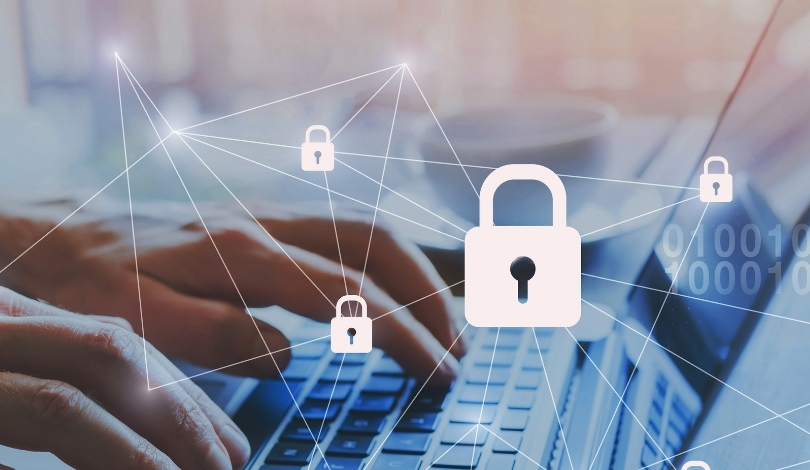The Akira ransomware group has drawn renewed scrutiny from federal authorities following an updated joint cybersecurity advisory detailing its attack methods and growing impact. With incidents affecting a broad range of sectors, from manufacturing to agriculture, small and medium-sized businesses now stand at heightened risk. Cybersecurity leaders urge organizations to review recent advisory findings to better prepare for the persistent tactics employed by this ransom-seeking group. Evidence suggests Akira’s ability to move quickly, sometimes exfiltrating sensitive data within hours, and its global reach continues to prompt evolving defensive strategies from agencies and private entities alike.
Akira’s emergence last year raised immediate concerns given its associations with threat actors like Storm-1567 and Gold Sahara, as well as possible links to the defunct Conti ransomware group. Unlike other ransomware variants previously reported, Akira leverages a double-extortion technique, increasing pressure on victims by both encrypting and exfiltrating crucial data. Compared to other advisories, recent guidance emphasizes Akira’s adaptability and the range of exploited vulnerabilities, such as those in Cisco and SonicWall firewalls, Windows, VMware ESXi, and Veeam platforms, reflecting the group’s evolving strategies for initial access.
What Factors Place Akira Among the FBI’s Top Threats?
Officials from the FBI Cyber Division report that Akira has quickly ascended into their top five investigated ransomware strains. The motivations appear primarily financial, as evidenced by the group’s $244 million in proceeds reported by late September. While targeting diverse critical infrastructure sectors, Akira continues to exploit both newly discovered and known vulnerabilities, maintaining a significant presence within the cyber threat landscape.
How Does Akira Gain and Keep Access?
Akira’s operators often employ a combination of stolen credentials, brute-force attacks, and abuse of remote access tools, such as AnyDesk and LogMeIn. These methods facilitate rapid intrusion and sustained access through the creation of new accounts and privilege escalation techniques. The advisory highlights that, in some incidents, data exfiltration has occurred in little over two hours from the point of initial compromise, underlining the need for timely detection and response by targeted organizations.
Are Akira’s Attacks Becoming More Complex?
Security officials and researchers confirm that Akira’s activity is evolving, with recent attacks showing increased sophistication and layered techniques to hinder detection.
“Actors are incredibly adaptable and are emphasizing operational security in their actions. Their attacks are increasingly becoming more sophisticated, complex and layered,”
according to Brett Leatherman, assistant director at the FBI Cyber Division.
“It’s more a reflection of the reality that our nation’s ransomware adversaries are continuously evolving their tactics and therefore it’s critical that we improve our defenses as well,”
remarked Nick Andersen, executive assistant director for cybersecurity at CISA, underscoring a broader concern within the cybersecurity community.
Earlier reports on Akira’s campaign primarily described it as an emerging, double-extortion threat, but freshly revealed technical details expand the understanding of its arsenal and operational tempo. The uncovering of six newly-identified exploitable vulnerabilities, along with the emphasis on its targeting methodology, deepens the context around recent attack patterns. While previous advisories stressed patch management and staff awareness, the latest advisory demonstrates a notable expansion in international collaboration and specificity in guidance, reflecting the persistent and escalating nature of Akira’s operations.
Organizations facing the threat of Akira ransomware can mitigate risk by prioritizing timely patching of vulnerable systems, bolstering credential hygiene, and refining incident response protocols. Increased collaboration among domestic and international agencies reflects the scale and urgency driving response efforts against Akira and similar ransomware groups. Maintaining awareness of Akira’s evolving tactics is crucial, as ransomware variants often adjust quickly to defensive measures. Companies are advised to continuously update their cyber defense strategies, conduct regular network monitoring, and invest in employee cybersecurity training to reduce the likelihood of successful breaches. Proactive preparation and a coordinated approach remain essential in managing the widespread and persistent risk posed by Akira ransomware.








